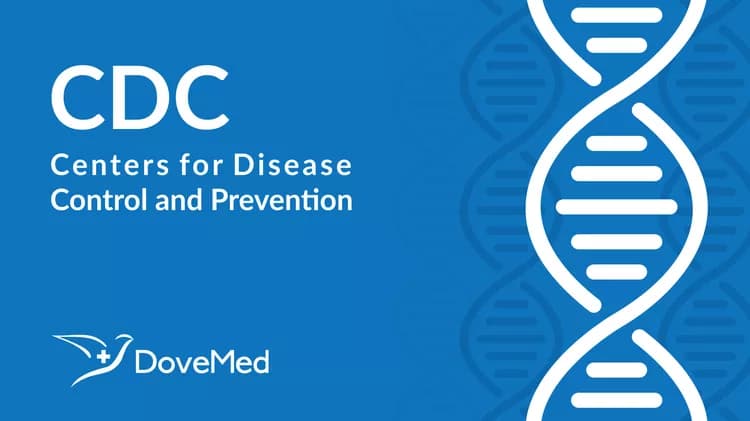
Decline In Sexual Risk Behaviors Among High School Students From 1991-2001
Decline in sexual risk behaviors among high school students from 1991-2001
The percentage of U.S. high school students who ever had sexual intercourse fell from 54.1 percent to 45.6 percent between 1991 and 2001, according to a new analysis of data trends by the Centers for Disease Control and Prevention (CDC).
A decline in sexual intercourse occurred among both female and male students, 10th, 11th, and 12th grade students, and black and white students, according to the analysis of 10 years of trend data from CDC's Youth Risk Behavior Survey (YRBS).
The percentage of high school students reporting multiple sex partners (defined as four or more) declined overall from 18.7 percent to 14.2 percent from 1991-2001 and among male students, 11th and 12th grade students, and black and white students.
Among all sexually active students (those who had sexual intercourse during the 3 months prior to the survey), condom use increased from 46.2 percent in 1991 to 58.0 percent in 1999, then leveled off at 57.9 percent by 2001. A similar increase followed by a leveling off was seen among female students, 10th and 12th grade students, and black students. Among male students, 9th and 11th grade students, and Hispanic and white students, condom use increased throughout the 10-year period.
These decade-long improvements in teen sexual risk behavior mirror simultaneous decreases in the rates of gonorrhea, pregnancy, and birth rates among adolescents, according to Lloyd Kolbe, PhD, who directs CDC's adolescent and school health program.
"Though too many students continue to engage in behaviors that place them at risk of unintended pregnancy, HIV infection, and other sexually transmitted diseases, these positive findings should encourage all of us," said Kolbe. "Although we can't point to a single reason for these improvements, we think they are due to the combined efforts of many people-youth themselves, parents and families, schools, community organizations that serve young people, health care organizations, faith-based organizations, the media and government agencies that work to reduce sexual risk behaviors among young people."
The CDC analysis identified an important area of concern: an increase from 21.6 percent to 25.6 percent in the prevalence of alcohol or drug use before intercourse among sexually active students.
"This finding emphasizes the link between drug and alcohol use and sexual behavior," said Laura Kann, PhD, a senior author of the report, which appears in the CDC's Morbidity and Mortality Weekly Report. "However, it also points to a potential area for education among high school students. We plan to alert state and local HIV-prevention education programs of the need for an added emphasis on preventing alcohol and other drug use as a means of preventing pregnancy and transmission of HIV and other STDs among youth."
The most recent YRBS report, released in June 2002, summarized findings for a wide range of self-reported risk behaviors, including sexual activity, among a national sample of high school students.
For more than 10 years, CDC has worked to decrease the impact of the HIV and other sexually transmitted diseases on youth. CDC currently provides fiscal and technical assistance to 48 states, the District of Columbia, 18 local education agencies, and numerous national health and education organizations to implement effective prevention education for youth.
# # #
CDC protects people's health and safety by preventing and controlling diseases and injuries; enhances health decisions by providing credible information on critical health issues; and promotes healthy living through strong partnerships with local, national, and international organizations.
Related Articles
Test Your Knowledge
Asked by users
Related Centers
Related Specialties
Related Physicians
Related Procedures
Related Resources
Join DoveHubs
and connect with fellow professionals

0 Comments
Please log in to post a comment.